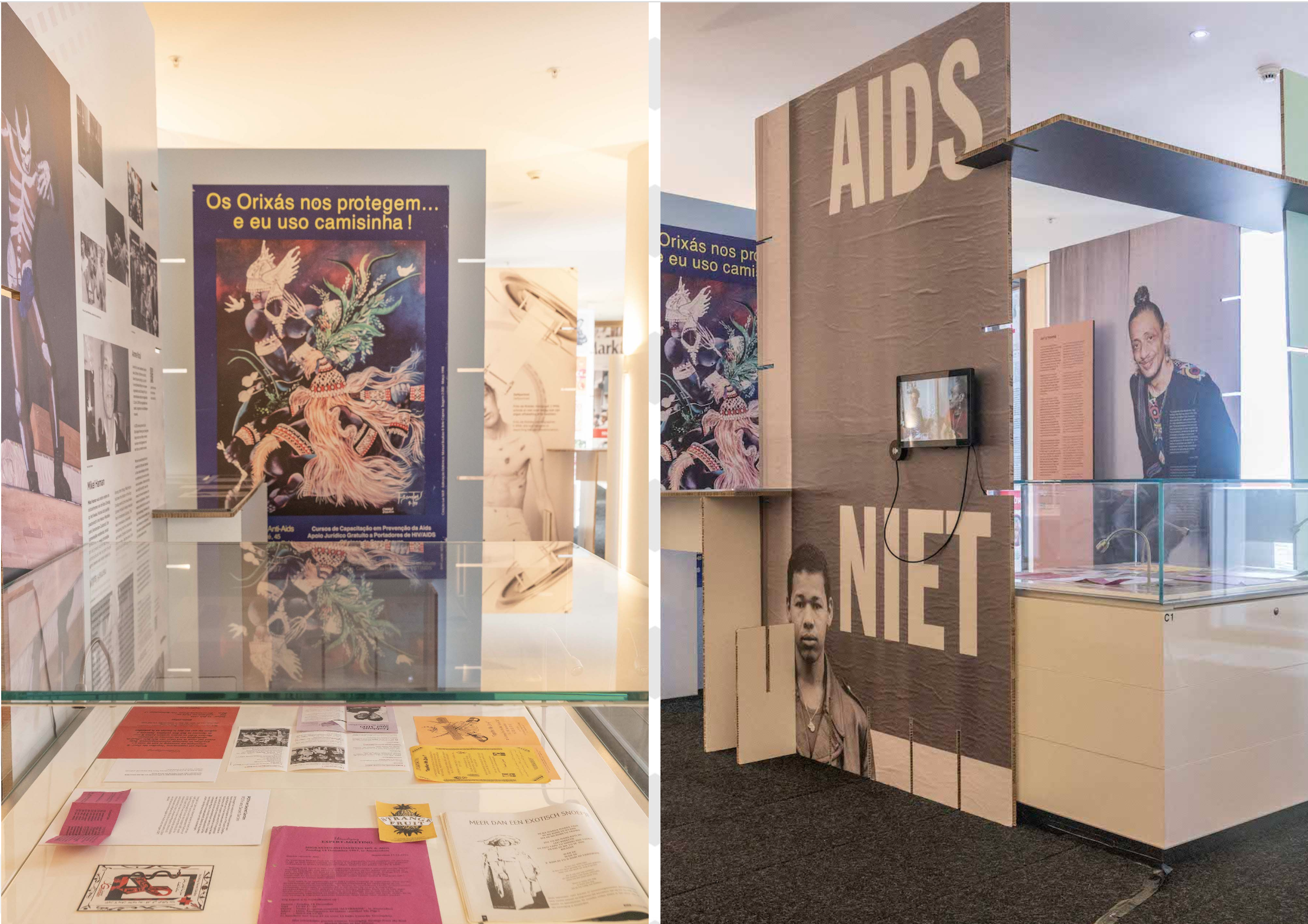
House of HIV
Scroll ↓
From the onset of the HIV and AIDS epidemic in the Netherlands, affected communities have played a pivotal role in combating the crisis. Their efforts range from innovative ways of living with HIV to preventive measures, community care, and advocacy for rightful causes.
Distinct from many other nations, the Netherlands engaged various communities—though to differing extents—in strategizing, organizing, and executing numerous projects and activities. This inclusive approach gave rise to significant, creative, and vital community initiatives. However, these initiatives have primarily remained unseen by the broader public.
The narrative of the Dutch HIV community’s proactive approach is essentially a triumph of solidarity, resilience, and activism— a testament to our communities’ strength and an achievement of which we can be profoundly proud. However, it’s crucial to acknowledge that this legacy isn’t without its hardships and painful past. Not everyone was engaged, and not everyone was reached.
Beginning in 2020, we undertook research and conducted interviews to understand this historical journey. Our challenge was to create an inclusive exhibition that could shine a light on these previously invisible histories. We know we haven’t covered all aspects, and visibility might eclipse other areas, but we strived to provide a platform for as many stories as possible within the House of HIV.
Through this exhibition, we unveiled the intricate tapestry of the four-decade-long struggle for survival amid an epidemic and cast an optimistic look toward the end of the AIDS crisis. We view the House of HIV as a dynamic entity, a work in progress that will continue to archive, document, and exhibit the history of the Dutch HIV community.
From August 19 to September 9, 2022, the House of HIV opened its doors. This exhibition showcased 40 years of community-driven initiatives in the Netherlands. Across various locations in Amsterdam, “rooms” were brimming with personal narratives from the communities affected by HIV. The House of HIV stands as the start of an ongoing project to archive and document the history of the Dutch HIV community.
In the section titled “House of HIV – House of The Black Queer Archives,” which I co-curated with Bart Krieger, we’ve tried to encapsulate the forty-year fight against HIV and AIDS led by the LGBTQ+ community of color. Yet, it’s nearly impossible to encapsulate such a long and multifaceted struggle within a single room.
The narrative of Black communities, here encompassing black and people of color communities, have traditionally been less visible and more sheltered. The stigma around LGBTQ+ identities and HIV status remains a harsh reality in many of these communities. The risk of familial and societal rejection is stark, pushing many into secrecy as their only means of survival.
In this room, we’ve given a platform to several activists who have narrated Black history through their words and visuals. Prominent activists have candidly shared their stories, including Jerry Haime, Anne Krul, Reggie Williams, Marlon Reina, Mikel Haman, and Andre Reeder. Since the 1980s, they’ve been creating safe spaces and community initiatives for people of color, regardless of whether they were openly queer and living with HIV. We hope you feel welcomed and gain insight into these resilient Black community leaders’ initiatives.